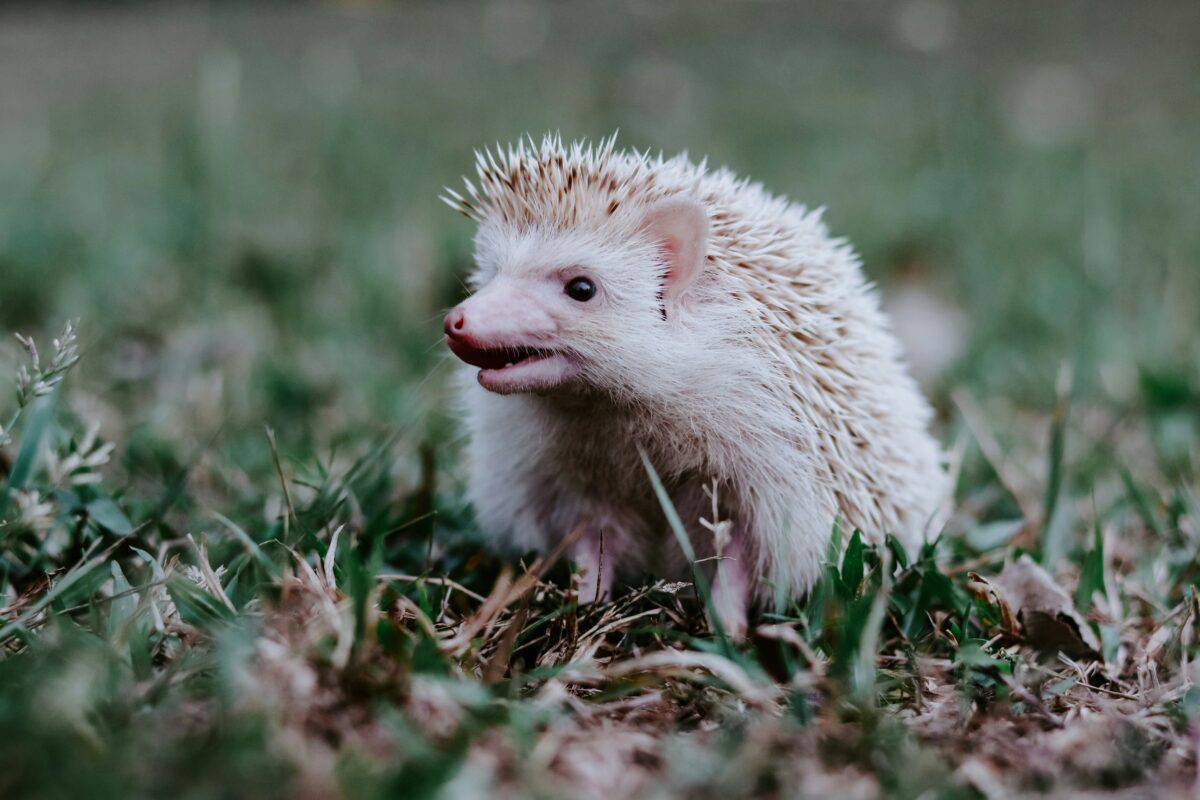Hedgehogs, with their distinctive spiny coats and adorable button noses, have captured the hearts of animal enthusiasts worldwide. While these small mammals have gained popularity as exotic pets in recent years, there’s much more to these prickly creatures than meets the eye. From their unusual behaviors to their surprising adaptations, hedgehogs are fascinating animals with rich evolutionary histories and unique characteristics. This article delves into 15 lesser-known facts about hedgehogs that showcase why these creatures are truly remarkable. Whether you’re a hedgehog owner, an animal lover, or simply curious about these spiny mammals, prepare to be amazed by these intriguing insights into the world of hedgehogs.
Hedgehogs Have Thousands of Spines

The average adult hedgehog has between 5,000 and 7,000 spines covering its back and sides. Each spine is actually a modified hair made of keratin—the same protein that forms human fingernails. These spines are hollow, providing both strength and lightweight protection. Unlike porcupine quills, hedgehog spines don’t detach easily from the body, though they do naturally shed and regrow throughout the animal’s life.
What makes these spines even more remarkable is their intricate internal structure. Each spine contains tiny air pockets that provide excellent insulation while keeping them lightweight. When threatened, hedgehogs can erect these spines in any direction thanks to a specialized muscle called the panniculus carnosus that runs beneath the skin. This defensive mechanism allows them to transform from a soft, approachable creature into a ball of sharp protection in mere seconds—a remarkable evolutionary adaptation that has helped hedgehogs survive for millions of years.
They Practice Self-Anointing
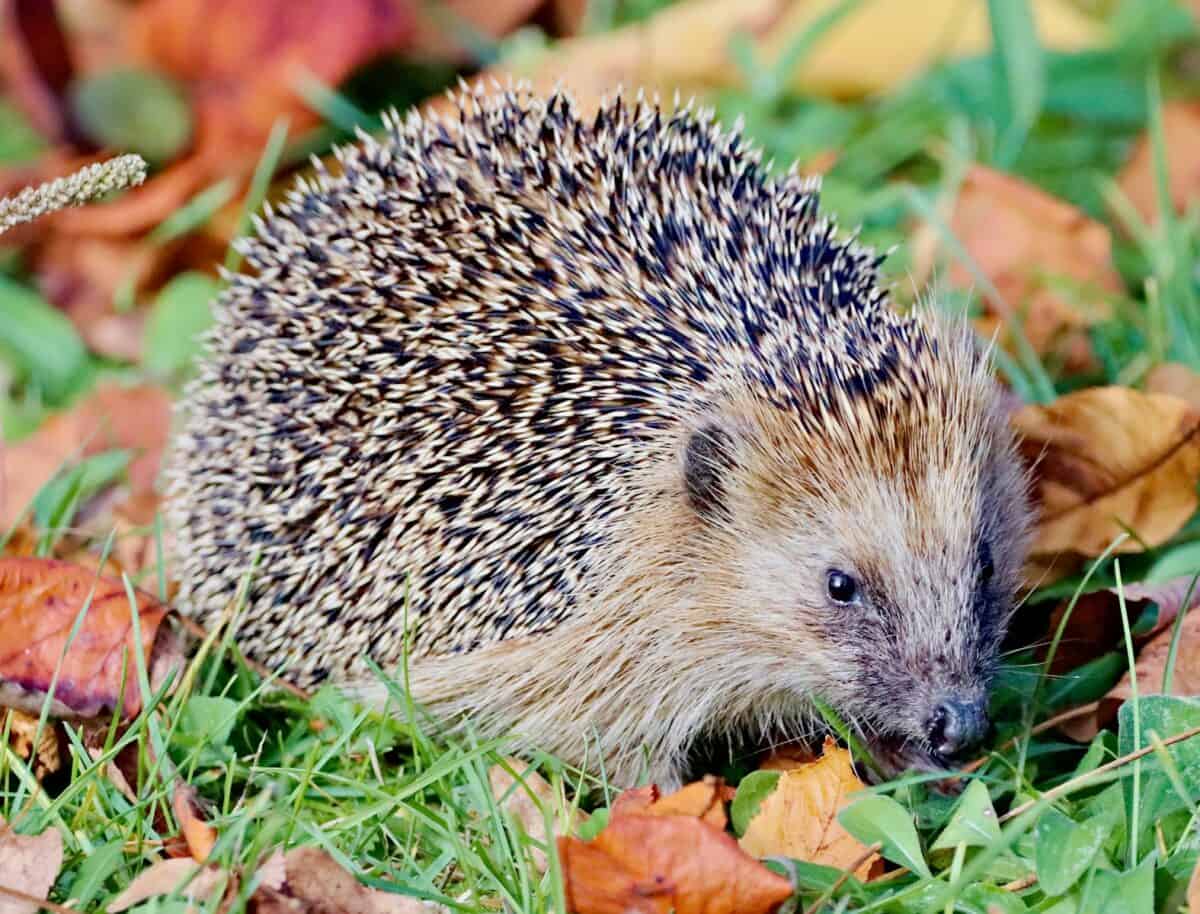
One of the most peculiar behaviors hedgehogs exhibit is called “self-anointing.” When encountering a new or interesting smell, hedgehogs will sometimes produce excessive amounts of saliva, which they then spread onto their spines with their tongue. This bizarre ritual involves the hedgehog contorting its body into unusual positions to cover as many spines as possible with the frothy saliva. The behavior can last anywhere from a few minutes to over an hour, leaving many first-time hedgehog owners concerned about their pet’s wellbeing.
Scientists have several theories about why hedgehogs self-anoint. The most widely accepted explanation is that it serves as a form of chemical defense. The hedgehog may be applying toxic or distasteful substances to its spines to deter predators. Another theory suggests it might help mask the hedgehog’s own scent when hunting or hiding from predators. Some researchers even propose it could have antimicrobial properties, helping to keep the hedgehog’s skin healthy. Whatever the reason, this strange behavior remains one of the hedgehog’s most fascinating and mysterious traits.
Hedgehogs Are Immune to Many Toxins
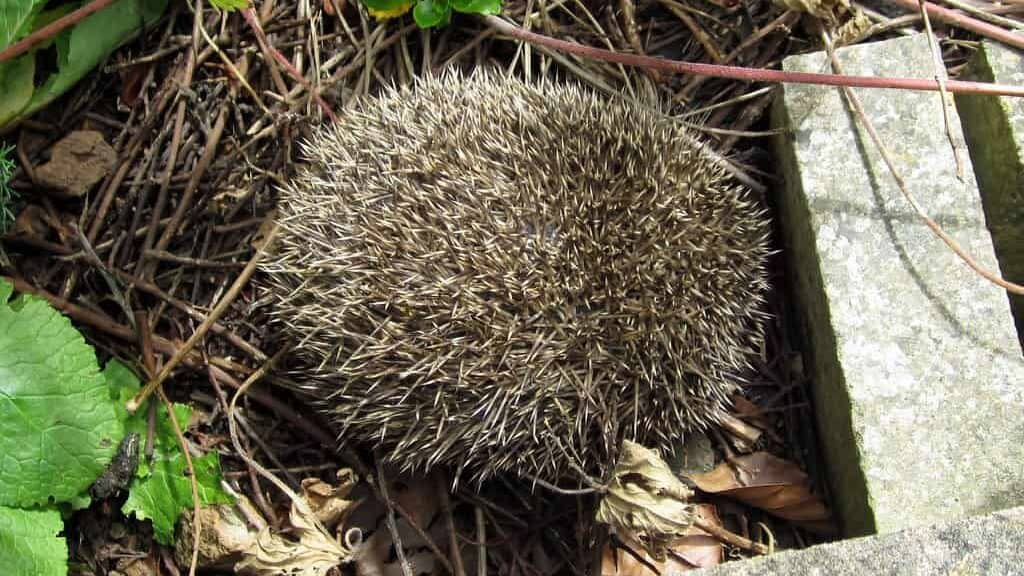
Hedgehogs possess a remarkable superpower—they’re naturally resistant to many toxins that would be lethal to other mammals of similar size. They can consume certain toxic insects, plants, and even some venomous snakes without suffering ill effects. This immunity extends to substances like snake venom and even the toxins produced by some toads and beetles. Their resistance to snake venom is particularly impressive, with studies showing hedgehogs can withstand venom dosages that would kill animals many times their size.
This extraordinary adaptation likely evolved as hedgehogs developed their insectivorous diet, allowing them to consume prey that other predators must avoid. Their liver has specialized enzymes that can break down and neutralize certain toxins efficiently. This immunity doesn’t make them completely invulnerable, however—there are still many human-made chemicals and some natural toxins that can harm them. Nevertheless, this natural resistance gives hedgehogs a significant advantage in their natural habitat, allowing them to exploit food sources that competitors cannot safely consume.
They’re Not Related to Porcupines
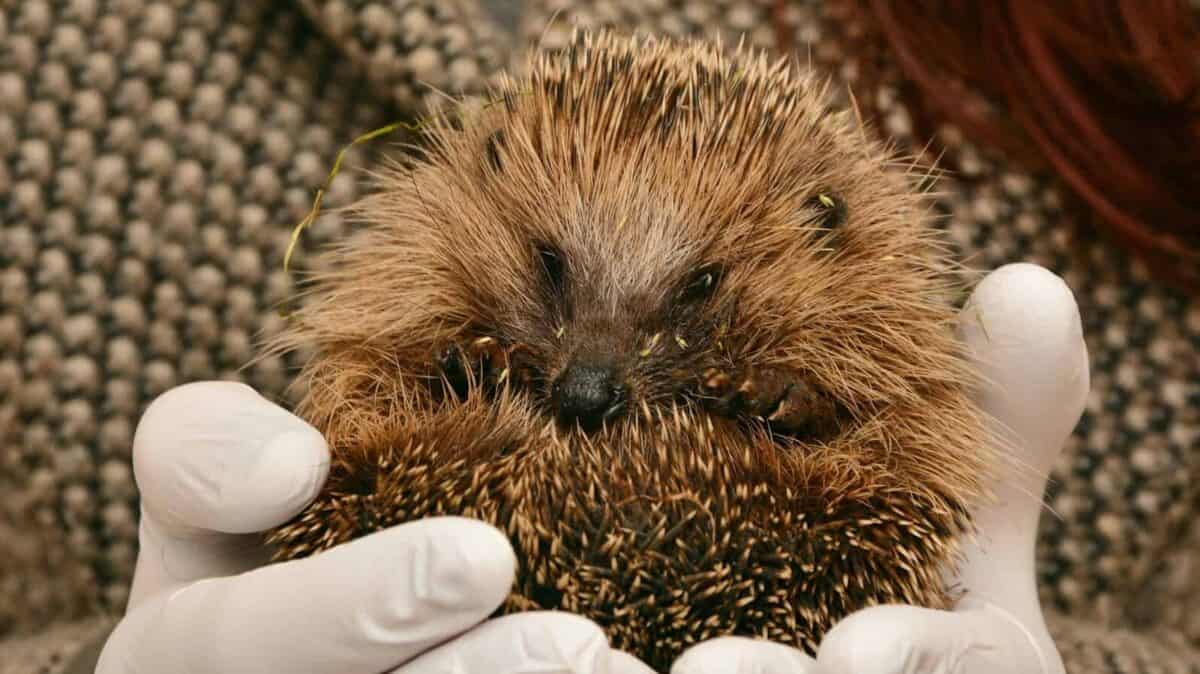
Despite their similar appearance with spiny exteriors, hedgehogs and porcupines are not closely related at all. This is a classic example of convergent evolution, where unrelated species develop similar traits in response to similar evolutionary pressures. Hedgehogs belong to the family Erinaceidae and the order Eulipotyphla, which includes shrews and moles. They evolved in the Eastern Hemisphere and are native to parts of Europe, Asia, and Africa.
Porcupines, on the other hand, are rodents belonging to two different families: Old World porcupines (Hystricidae) and New World porcupines (Erethizontidae). Besides their taxonomic differences, their spines function differently too. Porcupine quills are barbed and detach easily when touched, while hedgehog spines remain firmly attached to their bodies. Porcupines are also significantly larger than hedgehogs, with some species weighing up to 60 pounds compared to the hedgehog’s modest 1-2 pounds. The similarities between these animals are purely superficial—a fascinating example of how nature sometimes arrives at similar solutions independently.
Hedgehogs Have Excellent Hearing but Poor Eyesight

Hedgehogs have evolved to be primarily nocturnal creatures, and their sensory adaptations reflect this lifestyle choice. Their eyesight is notably poor, with vision that’s likely blurry and primarily attuned to detecting movement rather than distinguishing fine details. This limited visual acuity makes sense for an animal that’s most active when light levels are low. Instead of relying on vision, hedgehogs have developed extraordinarily keen hearing and an exceptional sense of smell to navigate their environment and locate food.
A hedgehog’s hearing is so sensitive that it can detect the subtle movements of insects beneath leaf litter or underground. Their large, rounded ears can independently rotate to pinpoint sounds with remarkable precision. Even more impressive is their sense of smell, which is their primary tool for finding food and identifying potential mates or predators. The hedgehog’s nose contains millions of scent receptors, allowing them to detect insects, earthworms, and other prey items hidden from view. This powerful combination of hearing and smell compensates for their visual limitations, enabling them to thrive despite having what humans would consider a significant sensory handicap.
Baby Hedgehogs Are Called Hoglets
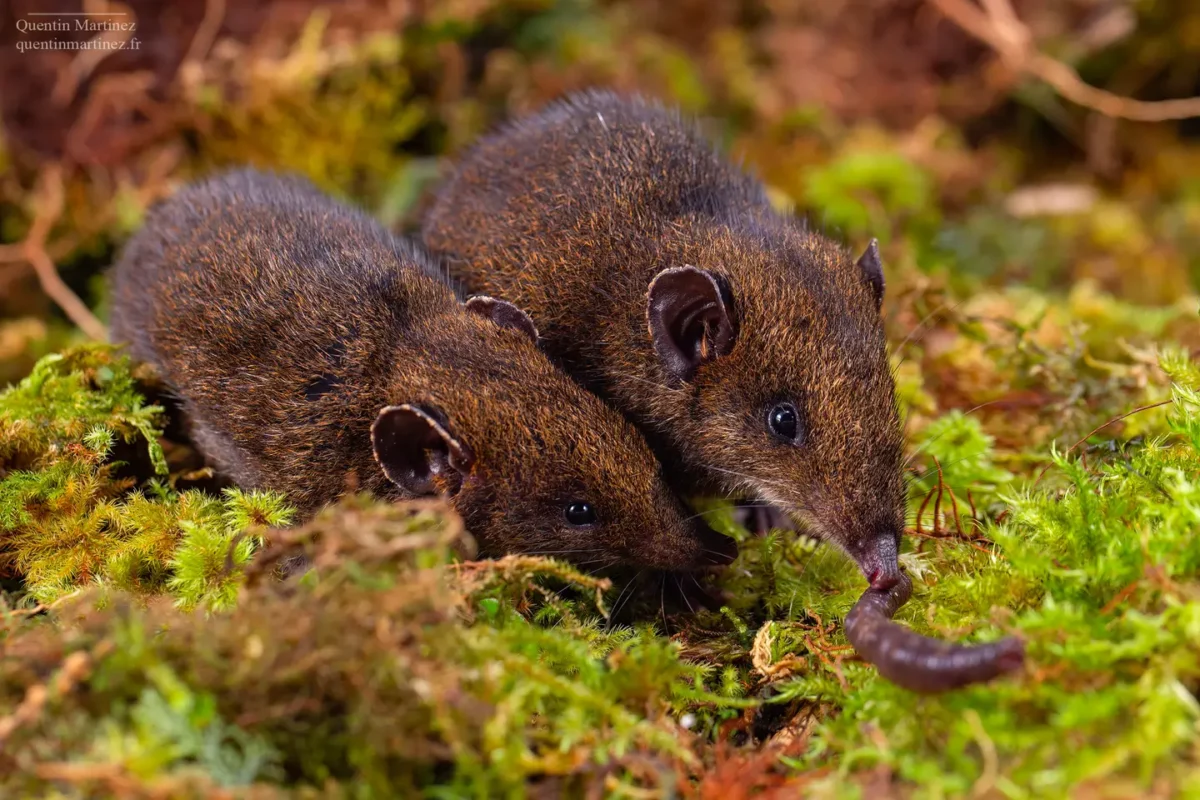
The adorable term “hoglet” refers to baby hedgehogs, which are born after a gestation period of around 4-6 weeks. A typical litter consists of 3-7 hoglets, though larger litters of up to 11 have been documented. When hoglets are first born, they’re nearly unrecognizable as hedgehogs—pink, blind, deaf, and completely spineless. Their skin has small bumps where their spines will eventually emerge. Within just a few hours after birth, soft white spines begin to push through their skin, providing minimal protection.
The development of hoglets occurs rapidly. Their first set of spines is soon replaced by stronger, darker adult spines that continue to develop over the first few weeks of life. Their eyes open at around 14 days, and by four weeks, they begin to look like miniature versions of adult hedgehogs. The mother hedgehog (known as a sow) raises her hoglets alone, nursing them for about 6-8 weeks before they become independent. During this time, she teaches them essential survival skills like foraging techniques and defensive behaviors. By 10-11 weeks of age, young hedgehogs are fully independent and ready to establish their own territories.
Hedgehogs Can Swim and Climb
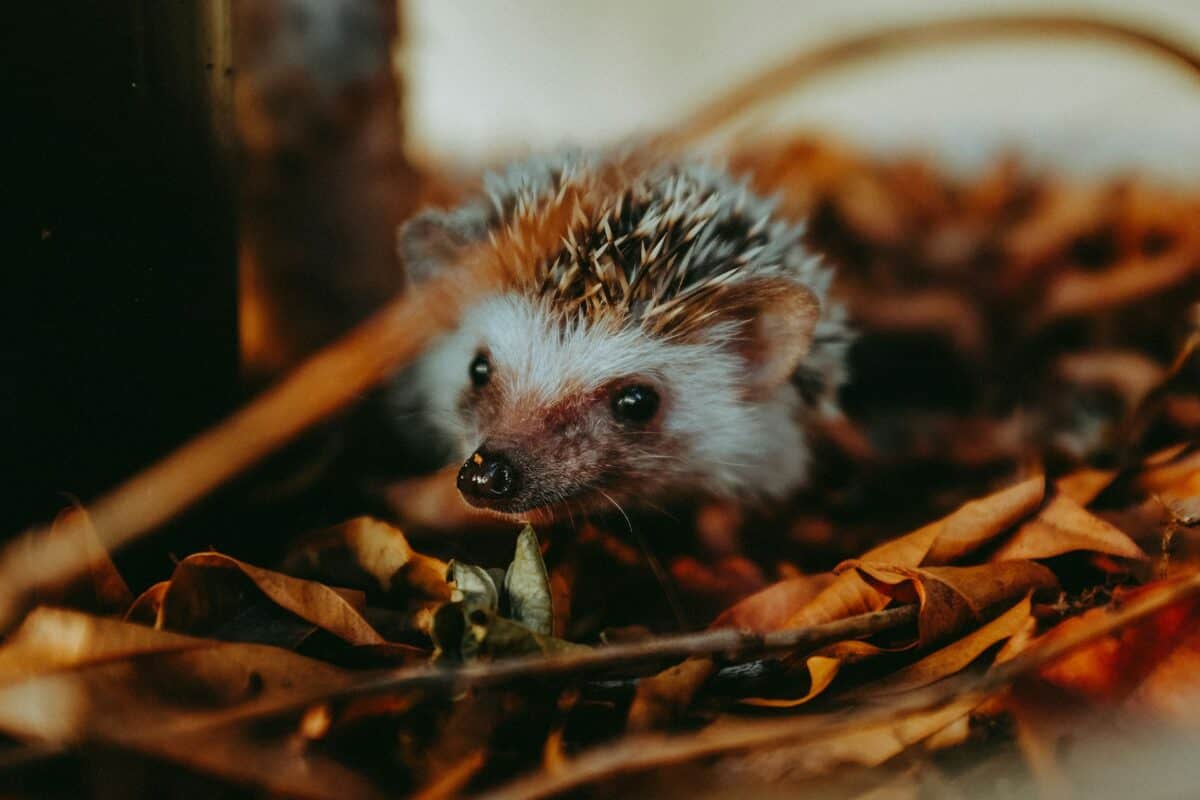
Despite their somewhat clumsy appearance, hedgehogs are surprisingly agile creatures capable of both swimming and climbing. Hedgehogs are natural swimmers, using their short legs to paddle effectively through water. In the wild, they don’t hesitate to cross streams or small bodies of water while foraging or traveling between habitats. Some hedgehog owners report that their pets enjoy recreational swimming, though this varies greatly between individuals. Their buoyancy is aided by the air trapped between their spines, which helps them stay afloat with minimal effort.
Equally impressive is the hedgehog’s climbing ability. With their sharp claws and determined nature, they can scale vertical surfaces like walls, fences, and trees—sometimes to surprising heights. Their climbing skills serve important purposes in the wild, helping them access food sources and escape predators. This climbing talent often surprises hedgehog owners, who may discover their pet has scaled what seemed like an insurmountable barrier. These abilities demonstrate that hedgehogs are far more athletic and versatile than their rotund bodies might suggest, showcasing evolutionary adaptations that have helped them thrive in diverse environments.
Hedgehogs Have Ancient Origins
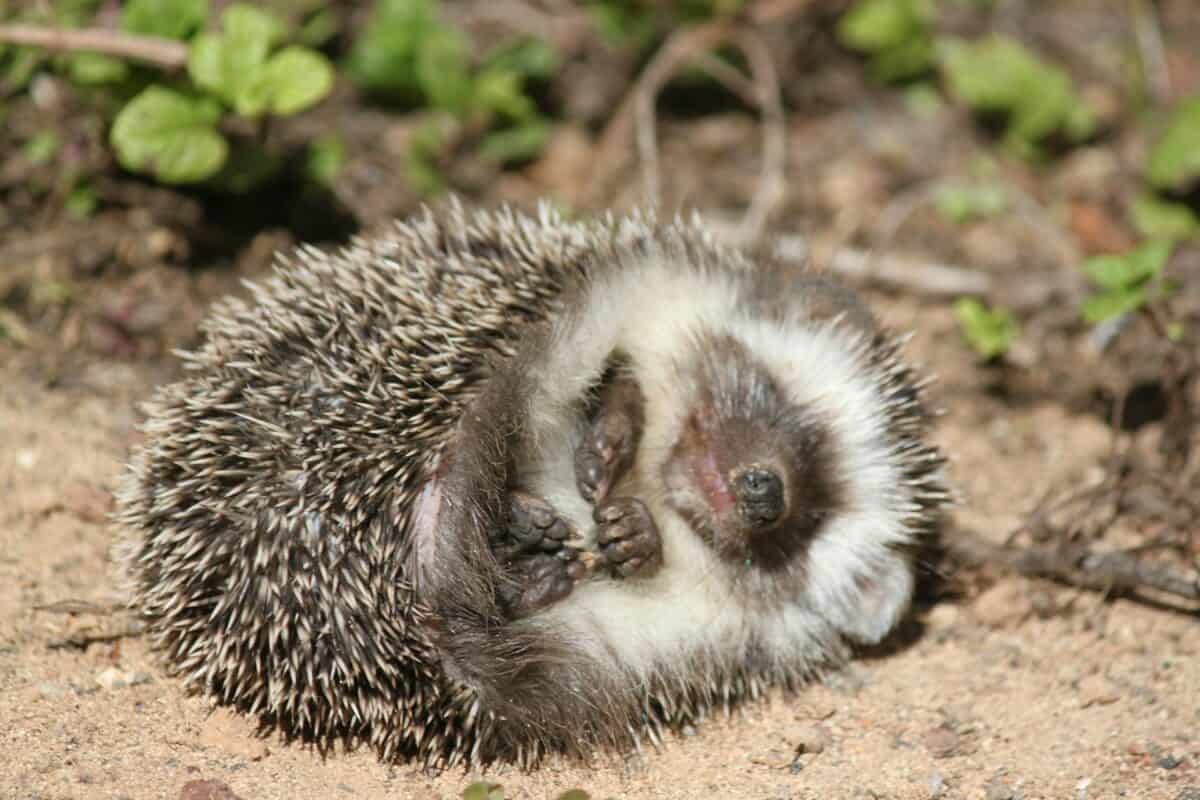
The evolutionary history of hedgehogs stretches back an impressive 15 million years, making them one of the oldest mammalian groups still in existence today. Fossil records indicate that primitive hedgehog-like mammals were present during the Paleocene epoch, approximately 60 million years ago. The modern hedgehog family, Erinaceidae, has remained relatively unchanged for millions of years, representing a remarkably successful evolutionary design that has stood the test of time through multiple major extinction events and climate changes.
This ancient lineage has allowed hedgehogs to develop highly specialized adaptations and establish ecological niches across multiple continents. Their ability to survive through dramatic environmental changes speaks to their remarkable adaptability. Scientists consider hedgehogs to be “living fossils” in some respects, as they retain many primitive mammalian characteristics while having evolved their unique defensive adaptations. The hedgehog’s longevity as a species offers valuable insights into evolutionary biology, demonstrating how a successful body plan and lifestyle can persist through eons of environmental change when properly adapted to a sustainable ecological niche.
They Can Travel Several Miles Each Night
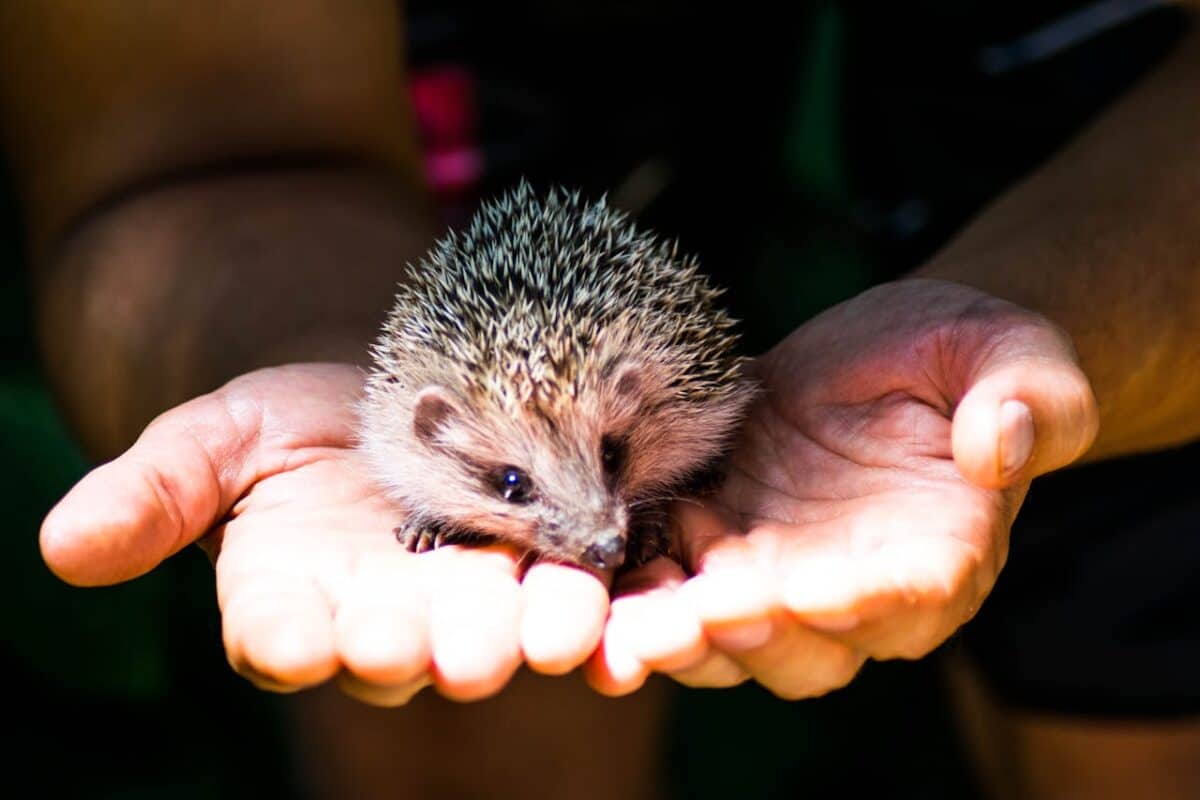
Hedgehogs are surprisingly active travelers, with wild individuals regularly covering impressive distances during their nightly foraging expeditions. A single hedgehog typically maintains a territory ranging from 10-40 acres and may travel between 1-2 miles (sometimes up to 3 miles) in a single night while searching for food. This high level of activity contradicts the common perception of hedgehogs as slow, sedentary creatures. Their constant movement is essential for finding sufficient food, as they need to consume approximately one-third of their body weight each night to maintain their health.
This extensive ranging behavior makes hedgehogs important for local ecosystems, as they help control insect populations across large areas. Their travels also highlight the importance of connected green spaces in urban and suburban environments where hedgehog populations exist. Conservation efforts increasingly focus on creating “hedgehog highways”—small holes in fences and barriers that allow hedgehogs to move freely between gardens and green spaces, accommodating their natural tendencies to travel widely. The significant distances covered by these small mammals demonstrates their energy and determination, traits that have helped them survive for millions of years as effective insectivores.
Hedgehogs Hibernate Differently Than Other Mammals
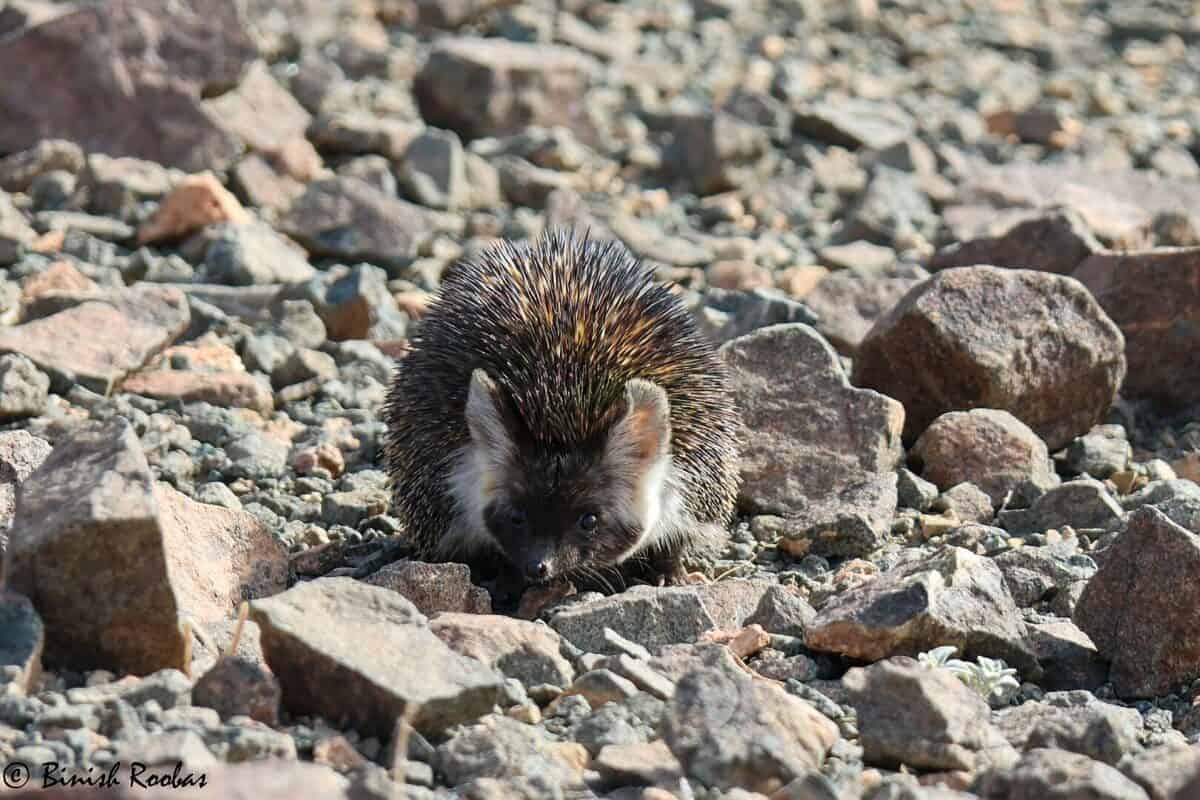
While many mammals hibernate during cold winter months, hedgehogs practice a unique form of hibernation that sets them apart. Unlike true hibernators that maintain a constant low body temperature throughout winter, hedgehogs undergo what scientists call “torpor”—a state where their metabolism slows dramatically but can be interrupted. During this state, a hedgehog’s body temperature drops from approximately 95°F (35°C) to near the ambient temperature, sometimes as low as 39°F (4°C). Their heart rate slows from about 190 beats per minute to just 20, and they may take only a few breaths per minute.
What makes hedgehog hibernation particularly interesting is its flexibility. They can wake up periodically during their hibernation period, moving to a different nest or even foraging if temperatures rise temporarily. This adaptability allows them to respond to changing environmental conditions rather than remaining in deep hibernation regardless of external factors. Not all hedgehog species hibernate—those native to desert or tropical regions typically remain active year-round. Even within hibernating species, individuals in warmer climates or urban environments with artificial heat sources may skip hibernation entirely. This variable approach to winter survival demonstrates the hedgehog’s remarkable ability to adapt its physiology to local conditions.
There Are 17 Species of Hedgehogs
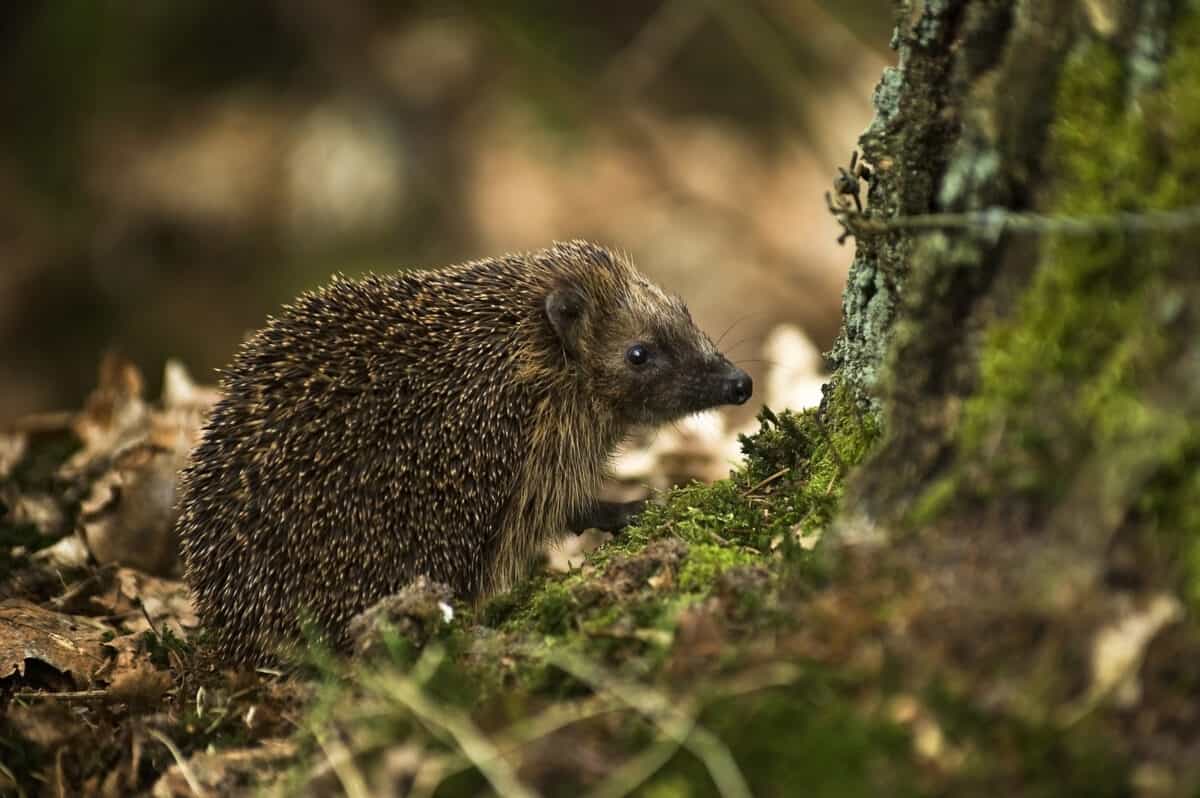
The hedgehog family is more diverse than many people realize, comprising 17 distinct species spread across five genera. These species are distributed throughout Europe, Asia, Africa, and New Zealand (where they were introduced by humans). The most familiar species to Westerners is the European hedgehog (Erinaceus europaeus), which is the largest hedgehog species and the one most commonly kept as a pet in North America. Other notable species include the four-toed hedgehog (Atelerix albiventris), commonly kept as pets in many countries, and the long-eared desert hedgehog (Hemiechinus auritus), adapted for life in arid environments.
Each hedgehog species has evolved specific adaptations to its native habitat. Desert-dwelling species typically have larger ears that help dissipate heat and lighter-colored spines that reflect sunlight. Forest-dwelling species often have darker coloration for better camouflage among leaf litter. The smallest species, the African pygmy hedgehog, weighs just 12-18 ounces, while the European hedgehog can reach up to 2.5 pounds. Despite their differences, all hedgehog species share the characteristic spiny defense system and insectivorous diet that define this unique family of mammals. Unfortunately, several hedgehog species now face population pressures due to habitat loss, climate change, and human activities.
Hedgehogs Have a Special Bone Structure
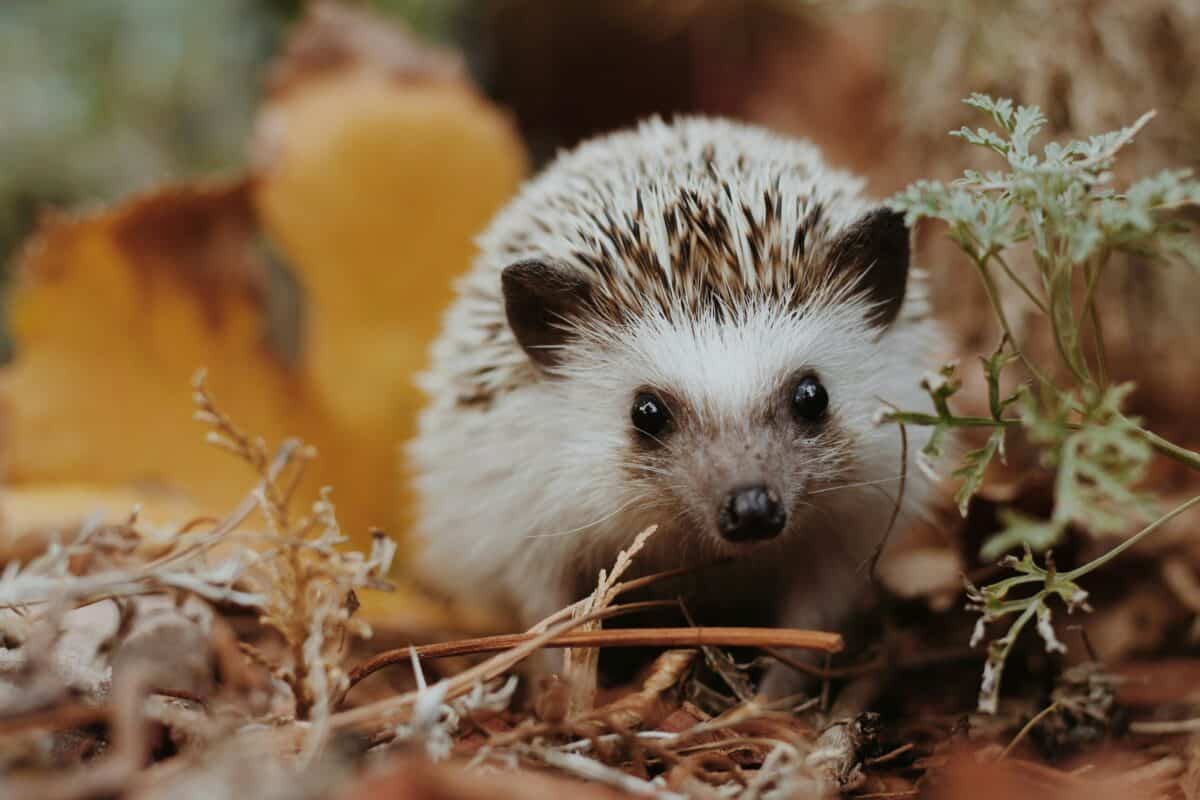
The hedgehog’s ability to roll into a perfect defensive ball is made possible by a set of specialized anatomical adaptations, particularly in their skeletal structure. Most mammals have a skeletal arrangement that limits how much they can curl their bodies, but hedgehogs possess modified vertebrae and unique muscle attachments that allow for extraordinary flexibility. They have a specialized circular muscle, the orbicularis muscle, that runs along their sides like a drawstring purse. When contracted, this muscle pulls the loose skin of the hedgehog’s back over its head and limbs, completely encasing its vulnerable body parts within a ball of protective spines.
Additionally, hedgehogs have a modified skull structure that accommodates this defensive posture. Their skull is flatter than many mammals, allowing them to tuck their head completely against their underside when rolled up. Their leg bones are also relatively short, enabling them to withdraw their limbs entirely within the protective sphere of their body. These skeletal adaptations work in concert with their specialized musculature to create one of nature’s most effective passive defense mechanisms. Even the strongest predators typically cannot pry open a properly rolled hedgehog without risking serious injury from the thousands of sharp spines protecting its vulnerable parts.
Hedgehog Teeth Never Stop GrowingHedgehogs
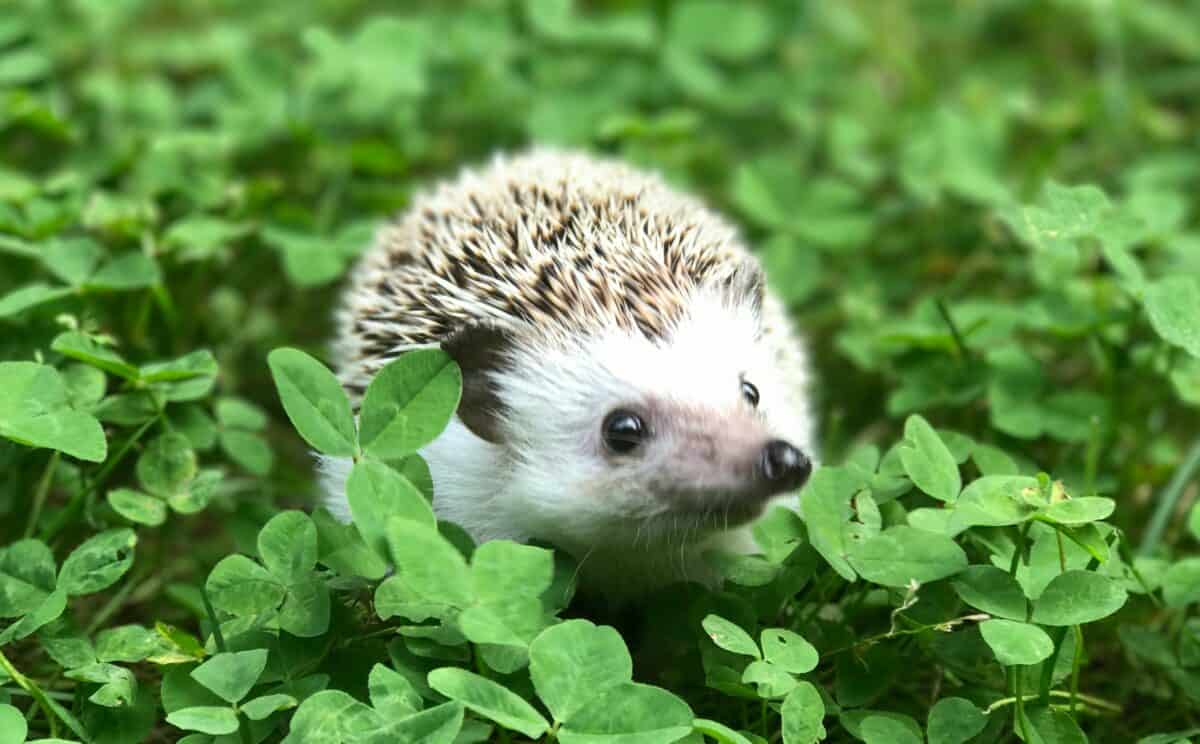
Like many other mammals that consume abrasive foods, hedgehogs have evolved continuously growing teeth to compensate for wear and tear. Their teeth, particularly their incisors, grow throughout their lifetime. This adaptation ensures that as their teeth wear down from crushing insect exoskeletons, grinding tough plant materials, and occasionally gnawing on bones or other hard objects, new dental tissue replaces what’s lost. This constant renewal process allows hedgehogs to maintain effective dental tools for processing their varied diet without suffering from tooth loss or decay.
This continuous growth requires hedgehogs to regularly wear down their teeth through normal eating behaviors. In captivity, where diets may be softer than in the wild, hedgehogs sometimes develop dental problems if their teeth aren’t naturally worn down enough. Pet owners must provide appropriate foods and chewing materials to ensure proper dental health. Hedgehog dental problems can lead to serious health issues, as overgrown teeth can prevent proper eating or even grow into the roof of the mouth or lower jaw. Their dental adaptations highlight how hedgehogs have evolved specialized features to support their primarily insectivorous lifestyle, allowing them to effectively process a diet that would quickly wear down non-renewable teeth.
Conclusion:

Hedgehogs are far more than just adorable bundles of spines—they’re fascinating creatures with quirky behaviors, surprising adaptations, and a rich history alongside humans. From their unique method of self-anointing to their unexpectedly powerful sense of smell, hedgehogs continually prove that even the smallest animals can be full of big surprises.
Learning about these fun facts not only deepens our appreciation for hedgehogs but also highlights the importance of protecting their habitats and ensuring their continued survival. As we uncover more about these charming little mammals, we’re reminded how much there is to discover in the natural world—and how every creature, no matter how tiny, has a remarkable story to tell.
- California Sea Otters Are Making a Comeback, and Its Changing the Coastal Ecosystem - August 15, 2025
- 15 Animals Smarter Than You Think - August 15, 2025
- 14 Most Misunderstood Pets You Should not Overlook - August 15, 2025

